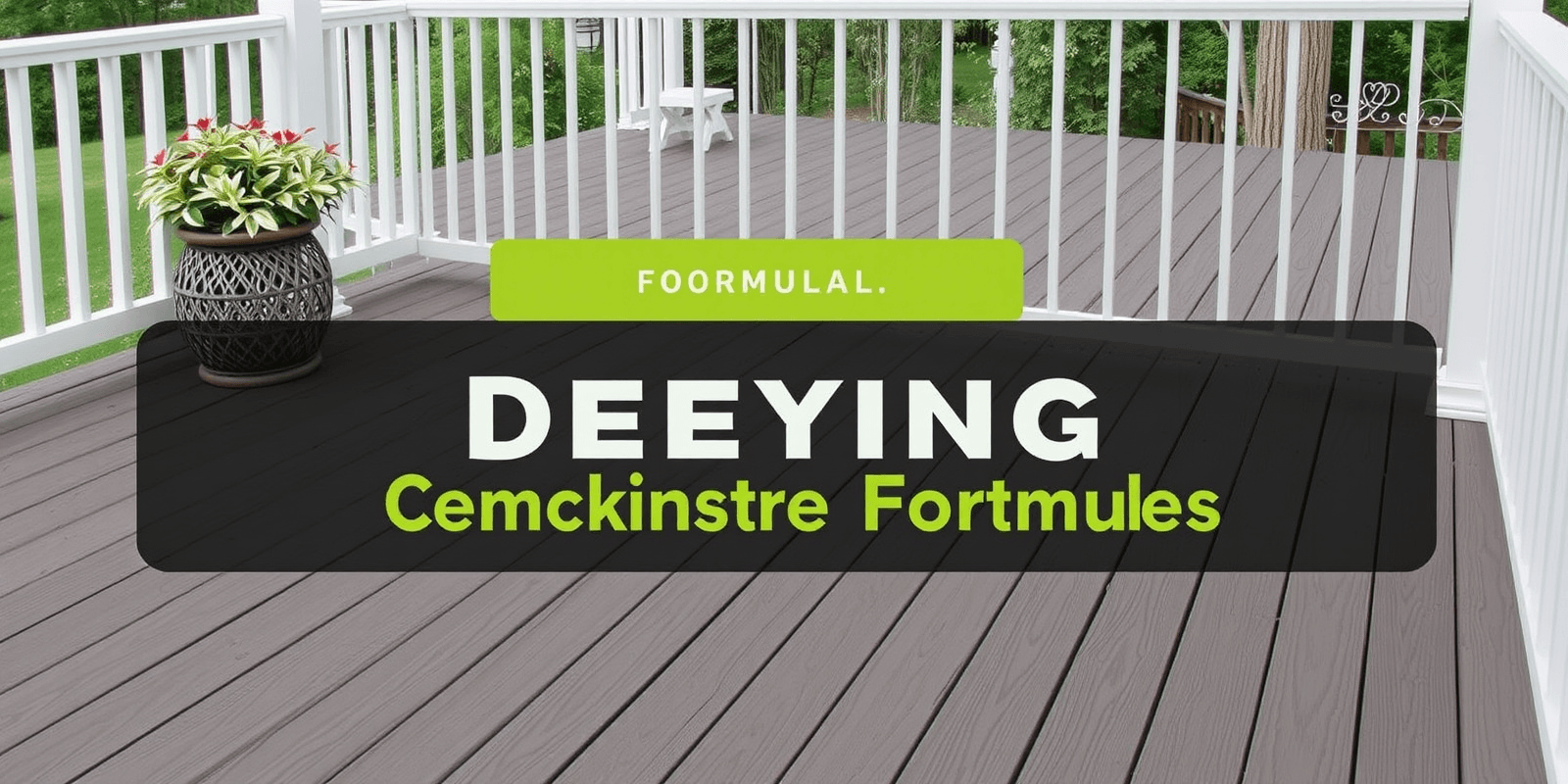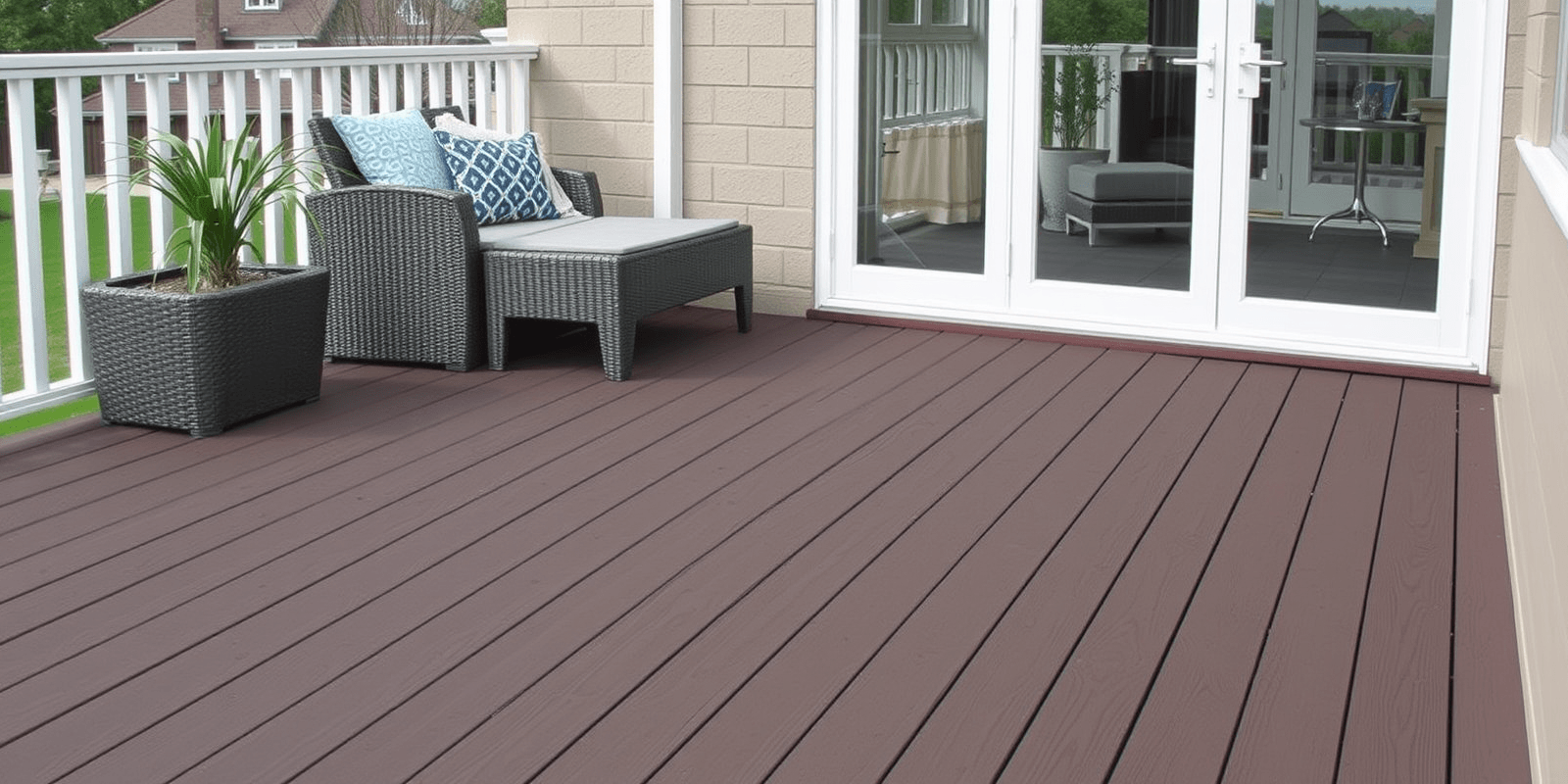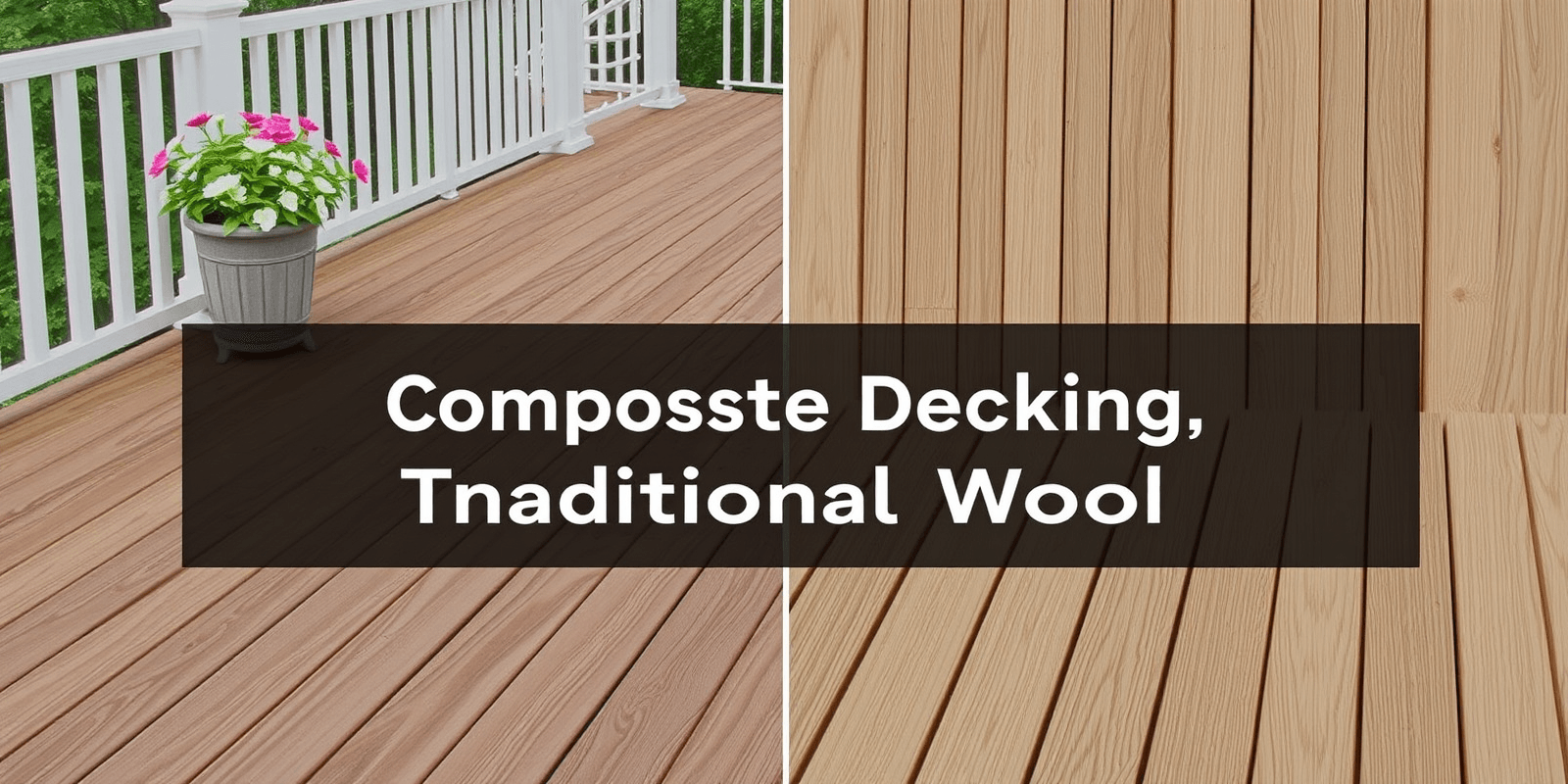“`html
The Science Behind Composite Decking Formula: What Makes It Special?
Introduction
Composite decking has become increasingly popular in recent years due to its durability, low maintenance requirements, and aesthetic appeal. Unlike traditional wood decks that require frequent treatment and replacement, composite decking offers a long-lasting solution that can withstand the elements while maintaining its beauty. This article delves into the science behind the composite decking formula, exploring how various additives contribute to its superior performance.
The Role of Binders in Composite Decking
One of the key components in composite decking is the binder, which plays a crucial role in holding the materials together. Typically made from recycled plastic or wood fibers, binders ensure that the composite decking material remains stable under varying environmental conditions. The choice of binder affects the strength and flexibility of the final product. For instance, thermoplastic binders like polyethylene (PE) or polypropylene (PP) are commonly used due to their ability to withstand high temperatures without deforming.
UV Stabilizers: Protecting Against Sun Damage
Exposure to sunlight can cause significant damage to decking materials over time, leading to fading, cracking, and other forms of deterioration. To combat this issue, composite decking formulas incorporate UV stabilizers, such as hindered amine light stabilizers (HALS). These additives absorb harmful ultraviolet radiation, preventing it from breaking down the molecular structure of the decking material. As a result, composite decking maintains its color and integrity even after prolonged exposure to direct sunlight.
Anti-Fungal Agents: Fighting Decay and Insects
Another critical aspect of composite decking is its resistance to fungal growth and insect infestation. Traditional wood decks are prone to mold, mildew, and termite damage, which can compromise their structural integrity. To address these concerns, composite decking formulas often include anti-fungal agents and insecticides. These additives create an inhospitable environment for fungi and insects, ensuring that the decking remains free from decay and pest infestations. Commonly used anti-fungal agents include copper-based compounds and borates, while insecticides may include pyrethroids or other synthetic chemicals.
Overall Performance and Longevity
By combining binders, UV stabilizers, and anti-fungal agents, composite decking achieves remarkable durability and longevity. These additives work synergistically to enhance the material’s resistance to weathering, insects, and decay, making it an ideal choice for outdoor applications. Additionally, composite decking requires minimal maintenance compared to traditional wood decks, further extending its lifespan and reducing the need for costly repairs or replacements.
References
“`



